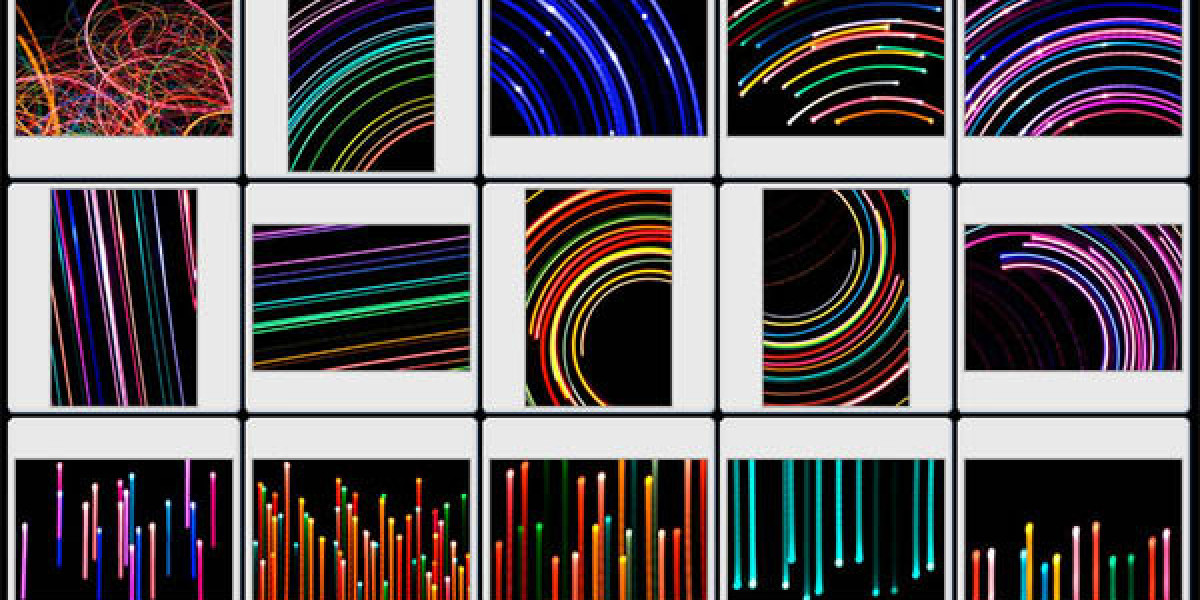As per Market Research Future, the automotive sensor market is witnessing rapid advancements due to the rise of smart automotive sensing systems. These systems are transforming the way vehicles perceive their surroundings, interact with drivers, and communicate with other vehicles on the road. By integrating multiple sensor technologies, such as LiDAR, radar, ultrasonic, and cameras, modern cars can detect obstacles, monitor driver behavior, and improve overall road safety.
They provide real-time data that enables precise vehicle control, adaptive cruise control, lane-keeping assistance, collision avoidance, and pedestrian detection. For automakers, these sensors are crucial in meeting stringent safety regulations while offering drivers a more intuitive and connected driving experience.
One of the key technologies in smart automotive sensing is LiDAR, which stands for Light Detection and Ranging. LiDAR sensors emit laser pulses to measure distances and create a 3D map of the environment. This allows vehicles to detect objects in low-light conditions and improves accuracy for autonomous navigation. Radar sensors, on the other hand, use radio waves to monitor the speed and position of nearby vehicles, ensuring safe lane changes and adaptive braking. Ultrasonic sensors are commonly used for parking assistance, detecting obstacles at close range, while cameras provide visual information that supports lane departure warnings, traffic sign recognition, and driver monitoring.
The integration of these sensors into a cohesive system is what defines “smart” automotive sensing. Modern vehicles use sensor fusion techniques, where data from multiple sensors is combined to generate a comprehensive understanding of the environment. This enhances decision-making capabilities for both drivers and autonomous systems. Moreover, these sensors are becoming smaller, more cost-effective, and more energy-efficient, making them accessible across a broader range of vehicles, from luxury cars to mass-market models.
In addition to safety and convenience, smart automotive sensing systems contribute to efficiency and sustainability. By optimizing vehicle dynamics, adaptive systems reduce fuel consumption and minimize emissions. Predictive maintenance sensors monitor vehicle components and alert owners about potential issues before they escalate, lowering repair costs and improving vehicle lifespan. Connected vehicles equipped with these sensors can also communicate with infrastructure and other vehicles, paving the way for smart cities and reduced traffic congestion.
As the automotive industry continues to evolve, the adoption of smart sensing technologies is expected to grow exponentially. Market trends indicate a surge in demand for vehicles with integrated ADAS features, autonomous capabilities, and connected vehicle platforms. Manufacturers investing in research and development of advanced sensor technologies are likely to lead the next era of safe, efficient, and intelligent mobility solutions.
FAQs on Smart Automotive Sensing Systems
Q1: What are the main types of sensors used in smart automotive systems?
A1: Common sensors include LiDAR, radar, ultrasonic, infrared, and cameras. These work together to detect obstacles, monitor driver behavior, and assist in autonomous driving.
Q2: How do smart sensors improve vehicle safety?
A2: Smart sensors provide real-time environmental data that powers ADAS features such as collision avoidance, lane-keeping assistance, adaptive cruise control, and pedestrian detection, significantly reducing the risk of accidents.
Q3: Are smart automotive sensing systems available in all types of vehicles?
A3: While initially more common in premium vehicles, advances in sensor technology are making these systems increasingly accessible in mid-range and even budget vehicles, enhancing safety and convenience for a wider audience.
More Related Reports:



